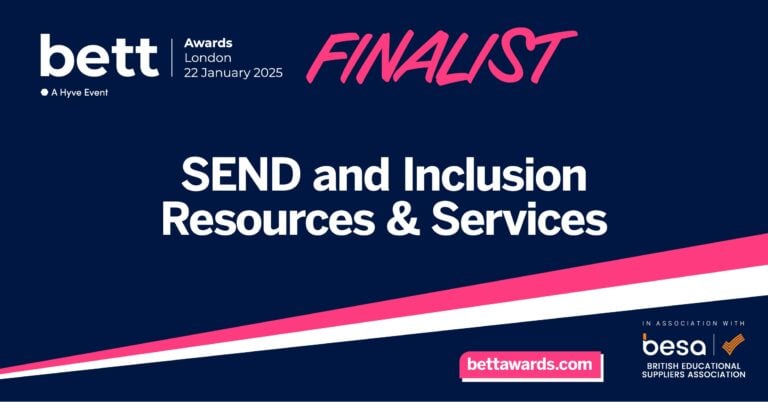
I can’t remember very much from my PGCE course. To be fair, it was rather a while ago. Duran Duran and Spandau Ballet featured on every mixtape I made and my alma mater, Birmingham Polytechnic has since undergone two name changes. However, three things I do remember:
- Experiencing the mother of all nosebleeds during our very first morning of lectures. This necessitated climbing over a number of people in order to exit the lecture theatre (naturally I was sitting in the very middle of a row) and being taken to Selly Oak hospital where a junior doctor in a pristine white coat, (yes, it was thatlong ago), cauterised my nose. Good start.
- Being assigned to a school called ‘World’s End’ for my final teaching practice.
- My personal tutor Mike telling me something that pretty much went against the grain of everything else (curriculum, planning, learning objectives etc) that, until that point, had been drummed into us… If you’re wondering where this blog title comes from, it’s because of Mike and what he said:
“If an elephant walked past your classroom you’d follow it wouldn’t you?”
What Mike meant by this was that it’s ok to divert from a task, a scheme of work, a lesson plan. To go off at a tangent. To investigate further. To spend a bit longer on something. To try and answer that left field question that comes out of the blue. To change your mind. To adapt.
In other words: To. Go. Off. Timetable.
Now admittedly, a primary classroom in the mid 1980’s was a very different place. We had paper registers, dinner money envelopes, milk at breaktimes, handwritten reports and our IT resources were pretty much limited to a handful of calculators. The National Curriculum, with its 3 core and 7 foundation subjects, was in the pipeline- but still a couple of years away from being implemented. Teachers had a much greater freedom over what they taught and how and when they taught it. So any ‘elephants’ were rather easier to follow and when my year 2 (or in those days top infant) pupils asked me, “Why is sugar paper called sugar paper?” off we went after one.
I had changed some backing paper for a new wall display in my classroom and had happened to mention that the paper was called ‘sugar’ paper. This puzzled my class as they initially thought that meant it was somehow made out of sugar. Google wasn’t on hand but we discovered that the origin of the term ‘sugar paper’ was actually about 400 years old and referred to the blue paper used by bakers and sweet makers to make bags in order to store sugar. This prompted the class to think about all the different types of paper we had in school to find out what they were called and to make a collection of samples. They noticed that the old sugar paper backing that I had taken down had faded and I explained it was sunlight that had caused this. This led to a pattern making and investigative activity. We blu tacked 2 plastic shapes to different colours of sugar paper and arranged the pieces on the window sill to observe how rapidly and significantly those different colours faded. We also tested and compared the absorbency of different types of paper by cutting long strips which we pegged to a washing line with one end dipped in a tray of water. When the colour ran from a strip of crepe paper into the water we tried dipping scraps of white fabric in to try and colour them- it didn’t work all that well but got us thinking and we later discovered beetroot and tea leaves produced very satisfactory results! A tactile and visual alphabet was made using different grade of sandpaper and some wrapping and wallpaper scraps. A particular wow moment was discovering how to ‘walk’ through a postcard ie: cutting a hole in an A5 piece of paper large enough for somebody to walk through. This went down an absolute storm and everyone was impatient to go home and impress their families with it. (If you’d like to know how to do it check out The Science Magician-Matt Pritchard.)
After starting out as a class teacher, the majority of my career has actually been spent as a SEND teacher working in mainstream schools- overwhelmingly state primaries but I have dipped my toe into private and key stage 3 education as well. It’s probably easier to notice any elephants meandering by when you are working with individuals and small groups, but bear in mind that elephants come in a range of sizes and that you don’t necessarily have to follow them a long way.
It was Harry Potter Lego figures that got a young pupil talking and eventually encouraged them to put pencil to paper. A cricket mad year 5 improved their ability to calculate fractions and percentages when every question was structured around cricket bowling and batting statistics. For a fellow classmate, it was football league tables that did the trick. A child making virtually no progress in literacy was discovered to be a keen gardener. Having just established a small school garden, we were able to plan an individual timetable that combined practical gardening with complementary reading and writing tasks which resulted in positive outcomes for the pupil in both the garden and classroom. A small group of reluctant writers readily embraced the opportunity to write collaboratively on large A2 sheets with felt tips and highlighters and we also discovered that spelling sessions are more fun if you abandon pens and pencils and use colours instead.
Perhaps there are more elephants around than we think…











